Samsung Electronics, the world’s largest smartphone maker, is reportedly diversifying its supply chain for OLED panels by adding Tianma Microelectronics as a supplier. This strategic move comes as Samsung Display (SDC), the company’s display manufacturing arm, struggles to keep up with the surging demand for OLED panels for smartphones. While SDC remains the dominant player in the OLED market, this shift signals a potential challenge to its supremacy and raises questions about Tianma’s ability to meet Samsung’s stringent quality requirements.
The information, initially reported by Korean media outlet The Elec, suggests that Tianma will begin supplying OLED panels for Samsung’s upcoming Galaxy A series smartphones. This mid-range lineup has become increasingly important for Samsung, driving significant sales volume, particularly in price-sensitive markets. By securing an additional supplier, Samsung aims to mitigate supply constraints and potentially reduce costs, ensuring a steady flow of OLED panels to meet its ambitious production targets.
However, this decision has surprised many industry observers, considering that Samsung has traditionally relied heavily on SDC for its OLED panel needs. SDC is renowned for its cutting-edge technology and high-quality displays, powering Samsung’s flagship Galaxy S series and foldable phones. So, why is Samsung turning to Tianma, a relatively smaller player in the OLED space? And can Tianma truly deliver displays that meet Samsung’s exacting standards?
Supply Chain Diversification: A Strategic Necessity
Samsung’s reliance on SDC has been a double-edged sword. While it ensures access to top-tier displays, it also creates a single point of failure. Any disruption in SDC’s production, whether due to manufacturing issues, component shortages, or geopolitical factors, can severely impact Samsung’s smartphone business.
By adding Tianma as a supplier, Samsung is proactively mitigating this risk. Diversifying its supply chain provides a buffer against potential disruptions, ensuring greater stability and flexibility in its smartphone production. This strategy is particularly crucial in the current global landscape, marked by supply chain uncertainties and geopolitical tensions.
Tianma’s Rise in the OLED Market
Tianma, although not as well-known as SDC, has been steadily expanding its presence in the OLED market. The Chinese display maker has invested heavily in research and development, focusing on improving its OLED technology and production capacity.
While Tianma’s OLED panels might not yet match the technological prowess of SDC’s high-end offerings, they have reportedly made significant strides in recent years. Their displays are now considered suitable for mid-range smartphones, offering a good balance of performance and cost-effectiveness.
For Samsung, sourcing OLED panels from Tianma for its Galaxy A series makes strategic sense. These devices cater to a more price-conscious segment, where the absolute cutting edge of display technology isn’t the primary purchasing factor. Tianma’s panels, while perhaps not as vibrant or power-efficient as SDC’s, can still deliver a satisfactory user experience at a lower cost.
The Quality Question: Can Tianma Meet Samsung’s Standards?
This is the million-dollar question. Samsung is known for its uncompromising approach to quality, especially when it comes to its smartphones. The company has built a reputation for delivering premium devices with exceptional displays.
Can Tianma, a relative newcomer to the OLED scene, truly meet Samsung’s stringent quality standards? This remains to be seen. However, reports suggest that Samsung has been working closely with Tianma to ensure its panels meet the required specifications. This likely involves technology transfer, rigorous quality control processes, and ongoing collaboration to fine-tune the display performance.
It’s worth noting that Samsung has previously sourced LCD panels from Chinese manufacturers, including BOE, for its entry-level and mid-range smartphones. This demonstrates the company’s willingness to work with Chinese display makers when it makes strategic sense. However, OLED technology is significantly more complex than LCD, requiring greater precision and expertise.
Potential Impact on the OLED Market
Samsung’s decision to source OLED panels from Tianma could have broader implications for the display industry.
- Increased Competition: Tianma’s entry into Samsung’s supply chain could intensify competition in the OLED market. This could lead to lower prices and faster innovation, benefiting consumers in the long run.
- Shift in Market Dynamics: SDC currently holds a dominant position in the OLED market. However, the emergence of Chinese players like Tianma could gradually erode SDC’s market share, particularly in the mid-range segment.
- Accelerated Adoption of OLED: As OLED production becomes more diversified and costs decrease, we can expect to see wider adoption of this display technology across various devices, from smartphones and tablets to laptops and TVs.
Looking Ahead: A New Era of OLED?
Samsung’s move to diversify its OLED supply chain marks a significant development in the display industry. While SDC is likely to remain a key supplier for Samsung’s high-end smartphones, the addition of Tianma opens up new possibilities.
This strategic shift reflects the evolving dynamics of the OLED market, where Chinese manufacturers are rapidly gaining ground. It also highlights the growing importance of supply chain resilience in an increasingly uncertain world.
As Tianma begins supplying OLED panels for Samsung’s Galaxy A series, all eyes will be on the performance and quality of these displays. If Tianma can successfully meet Samsung’s demanding standards, it could pave the way for a more competitive and dynamic OLED market, ultimately benefiting consumers with better and more affordable displays.


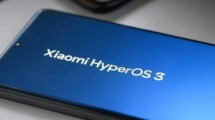

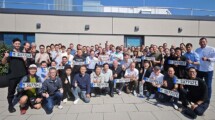

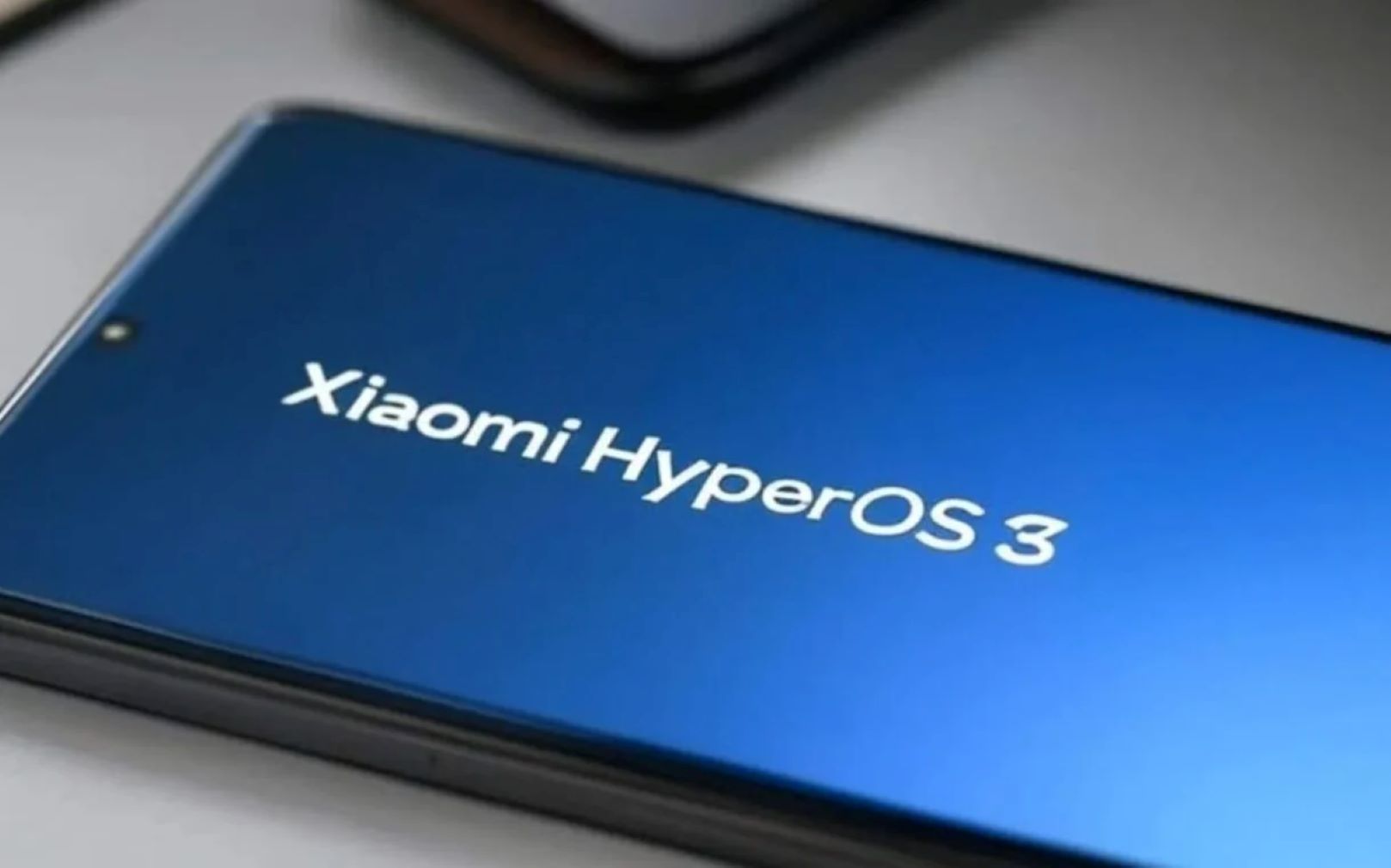

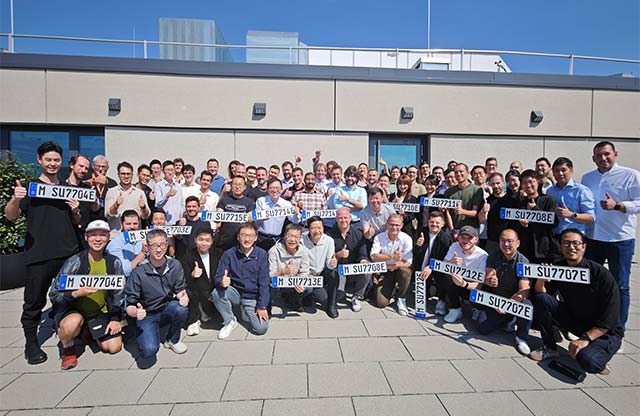

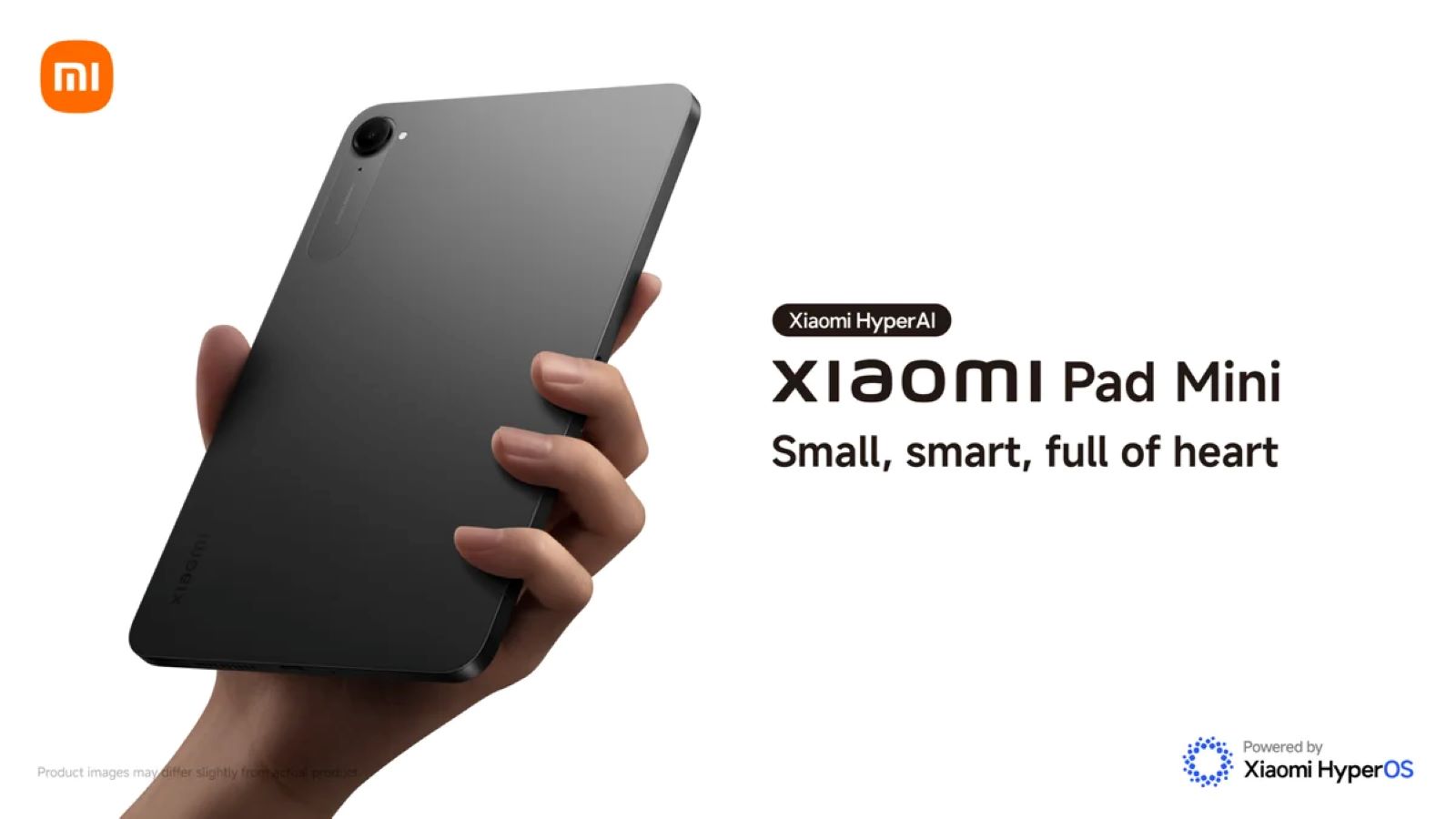
Add Comment